
Nature
16:36, 16-Jan-2019
Migratory birds gather at Poyang Lake in E China
Updated
19:46, 17-Jan-2019
CGTN
00:34
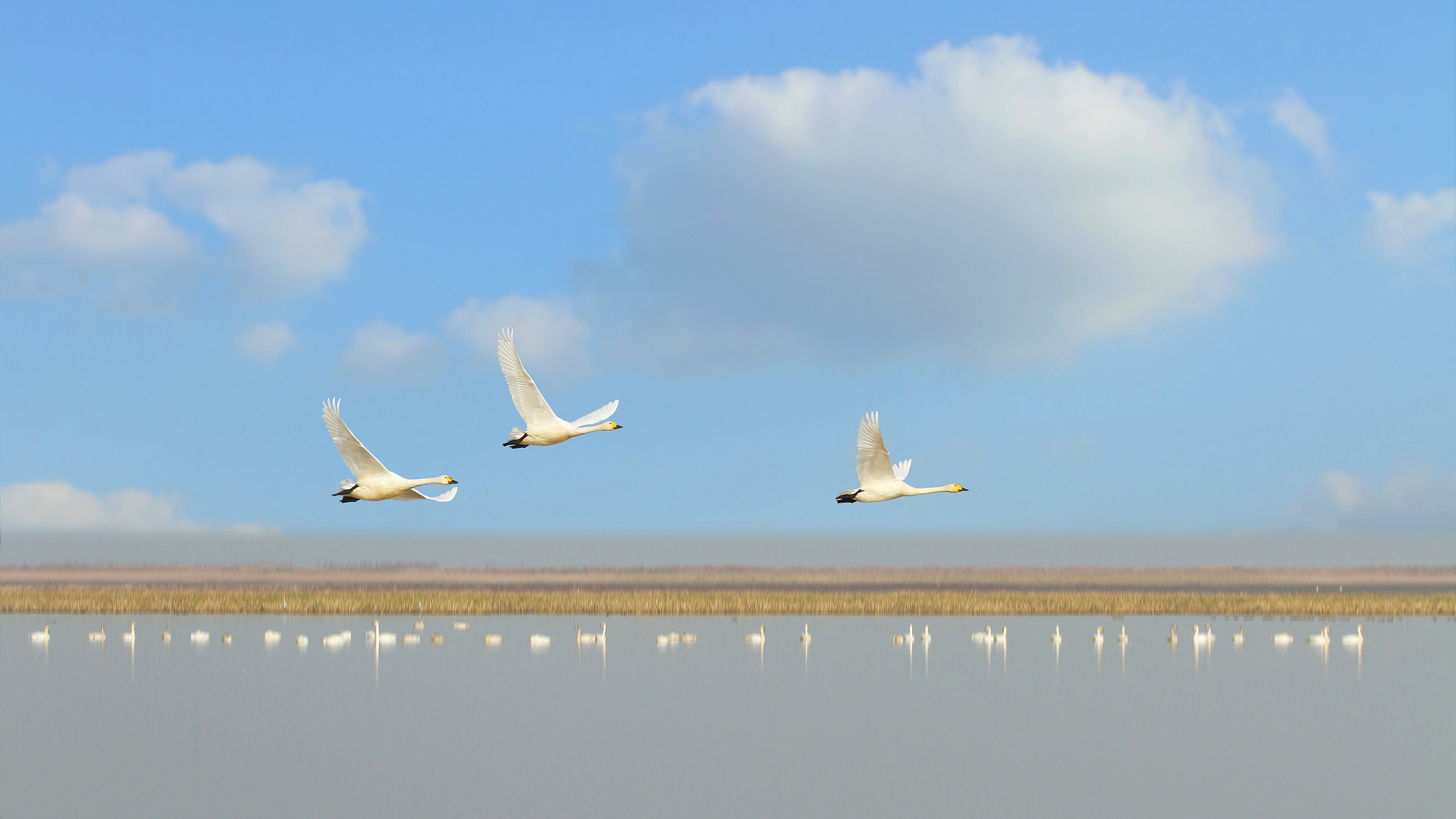
As the temperature has dropped significantly this month, more than 600,000 birds joined the big family of migratory birds at Poyang Lake, southeast China's Jiangxi Province, to rest during their journey south.
Precious migratory birds, such as the critically endangered Siberian cranes and endangered Oriental storks, have gathered at the mudflats of the Changhu and Maying Lakes inside the Poyang Lake National Nature Reserve, which is located at the northern end of Jiangxi.
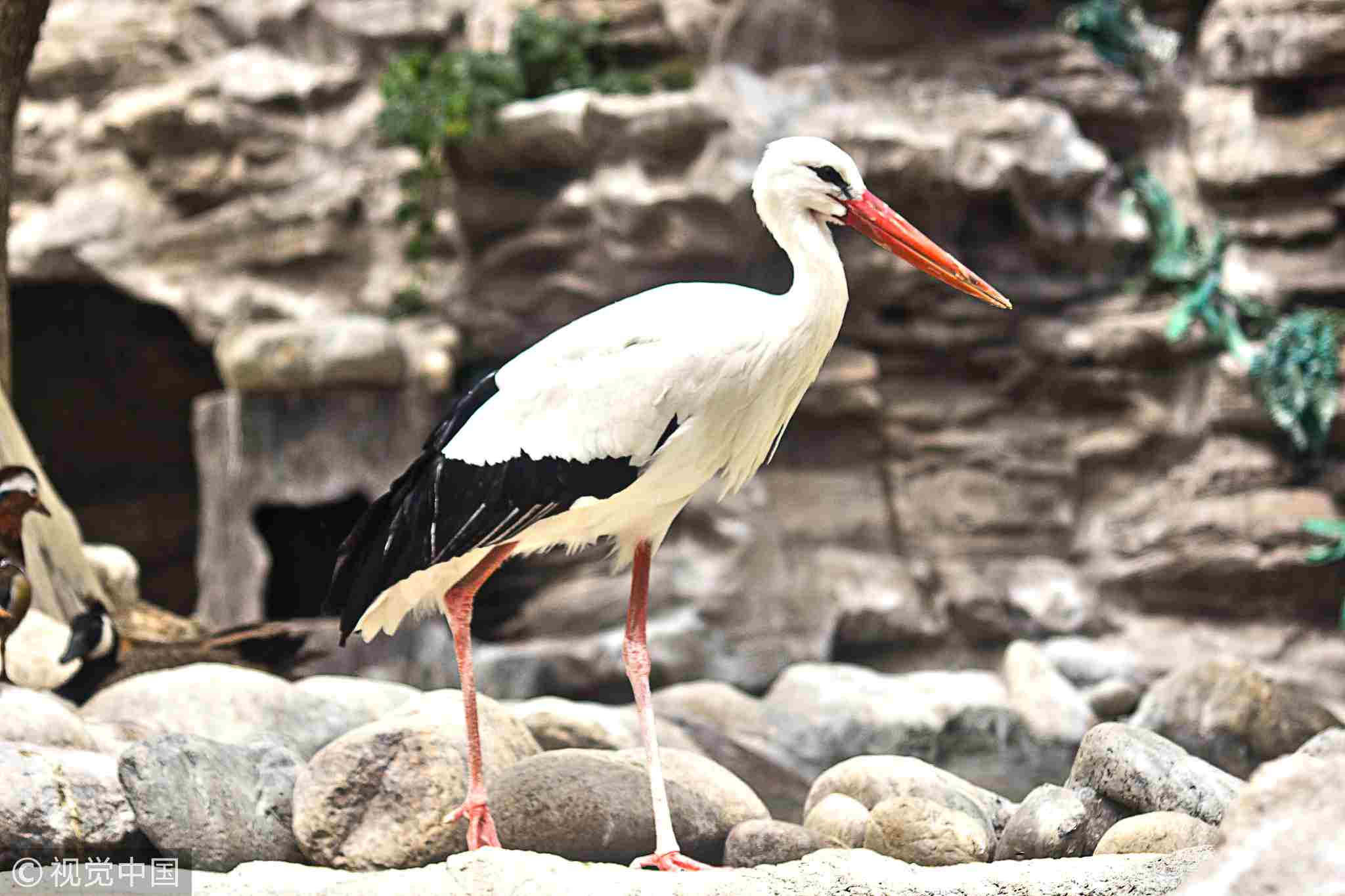
An Oriental white stork. /VCG Photo
An Oriental white stork. /VCG Photo
The birds fly over the thick reed clusters and find food along the wetland area, presenting a harmonious picture of the mother nature.
In addition to those old friends, this year, the lake is also seeing new friends, like snow geese and red-breasted geese, who have arrived for the first time.
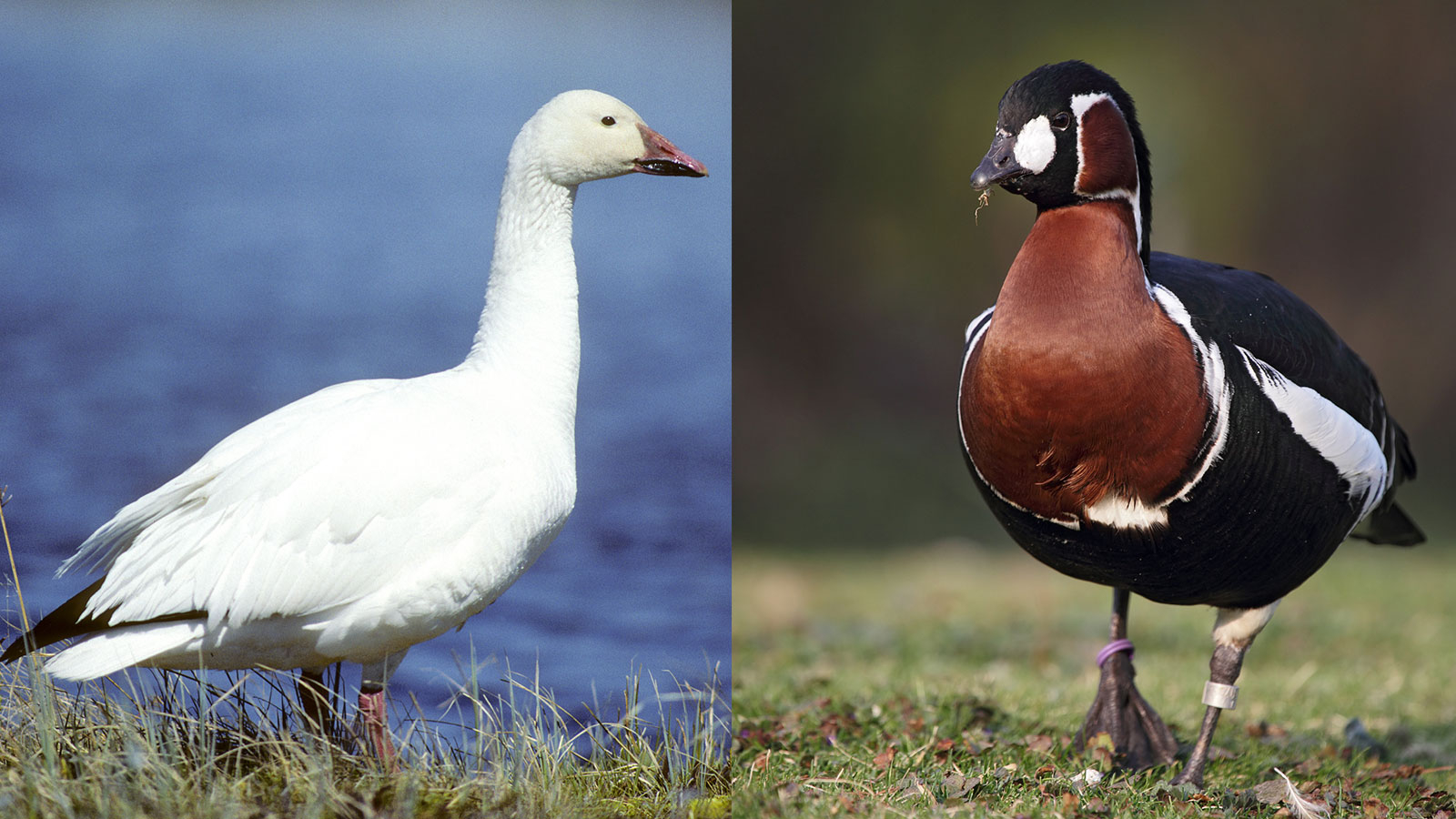
A snow goose (L) and a red-breasted goose (R). /VCG Photo
A snow goose (L) and a red-breasted goose (R). /VCG Photo
Also joining the annual gathering are 16 rare migratory birds, including one Oriental white stork, two whooper swans and three mandarin ducks, which were released into the wild on Monday.
Poyang Lake is China's largest freshwater lake, and also the country's largest habitat for migratory birds during the winter.
If the temperature continues dropping, the lake is expected to see more than 650,000 migratory birds in late January, according to the authority.
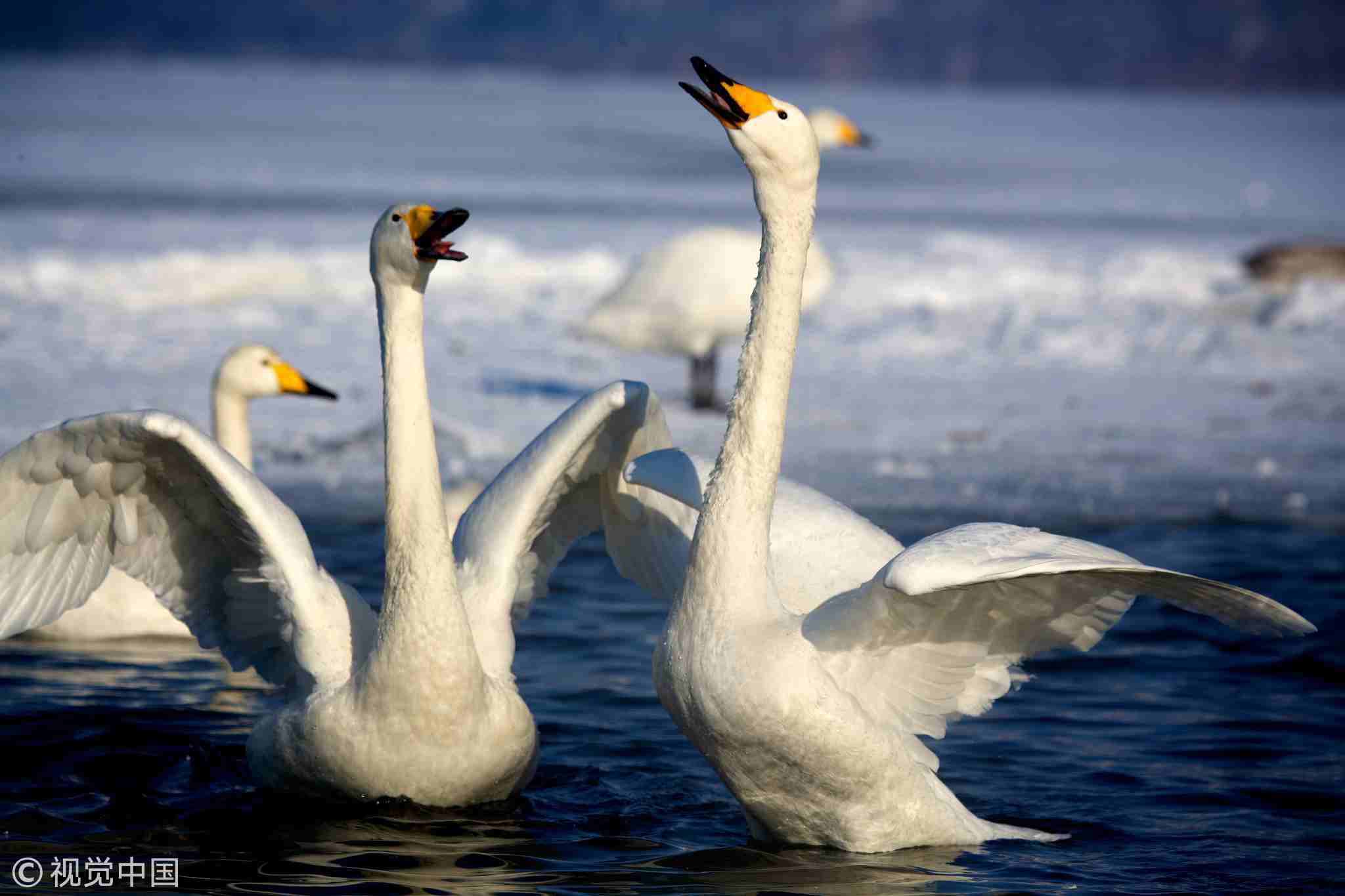
Whooper swans in the lake. /VCG Photo
Whooper swans in the lake. /VCG Photo
It's a great chance to learn the ecology of Siberian cranes in the winter grounds.
Of the estimated 3,000 Siberian cranes that remain globally, roughly 1,700 have been spotted in this area.
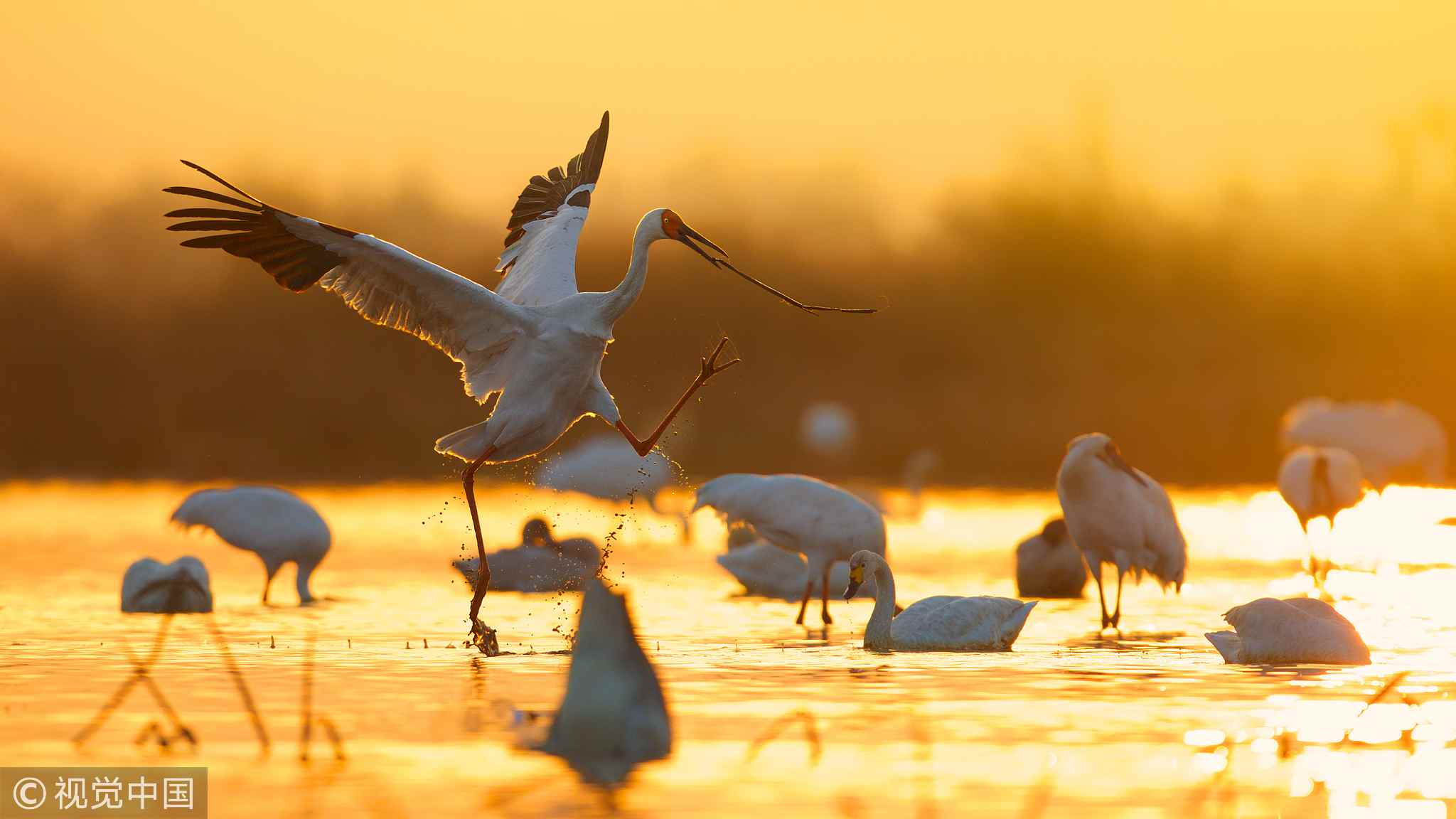
Siberian cranes forage in the lake. /VCG Photo
Siberian cranes forage in the lake. /VCG Photo
In 2017, local bird-lovers launched the Retaining the Siberian Crane initiative to build the country's first privately-funded Siberian crane protection zone that combines the functions of scientific research, education and photography.
Earlier this month, Jiangxi's forestry bureau issued a policy to compensate farmers who lost crops or other harvests due to the foraging of these migratory birds.
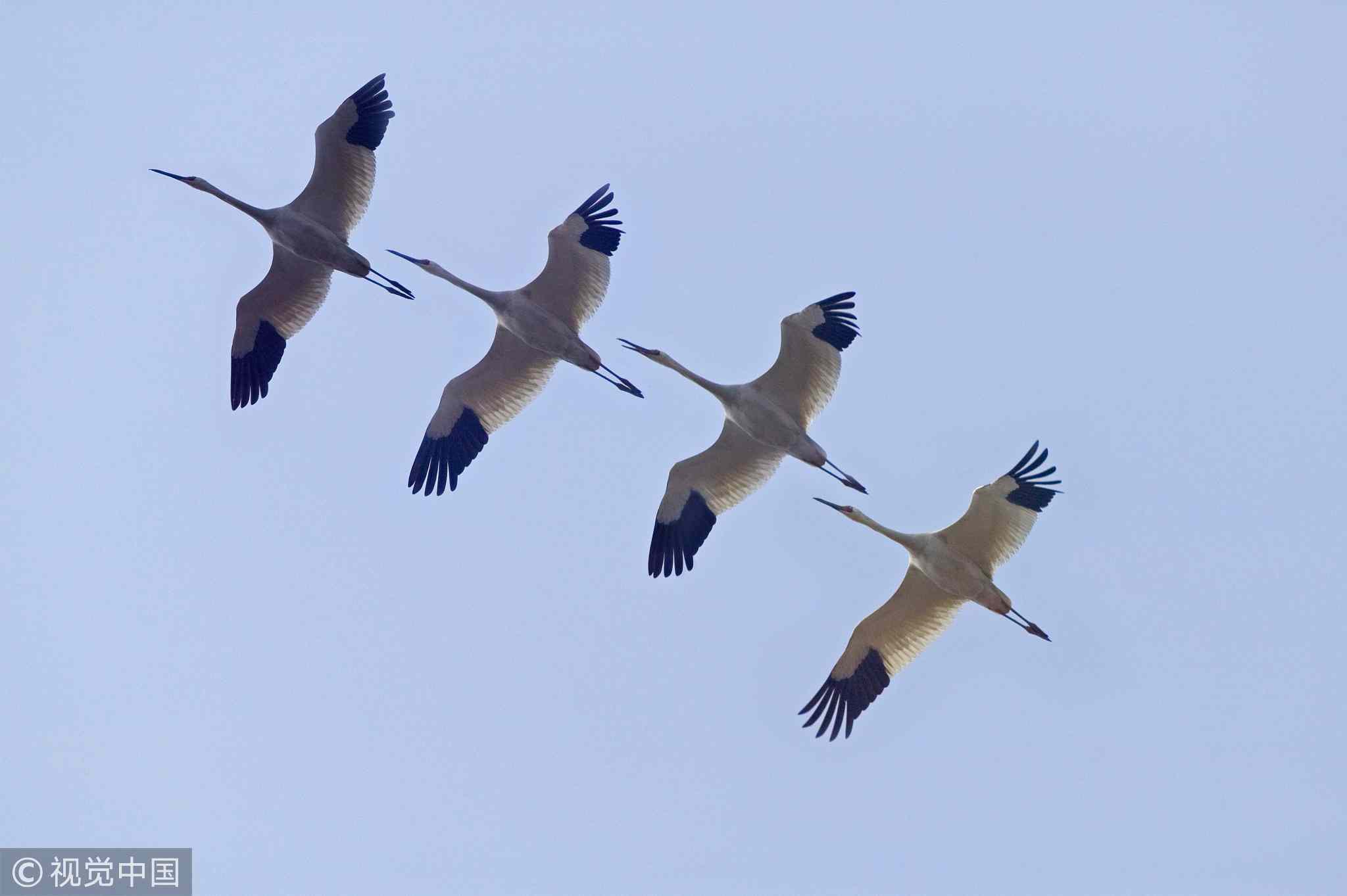
Siberian cranes fly over Poyang Lake. /VCG Photo
Siberian cranes fly over Poyang Lake. /VCG Photo
The joint efforts have paid off, as the crane population has increased in recent years, setting a good model for future cooperation between government and the community on the efforts of wildlife protection.

SITEMAP
Copyright © 2018 CGTN. Beijing ICP prepared NO.16065310-3
Copyright © 2018 CGTN. Beijing ICP prepared NO.16065310-3